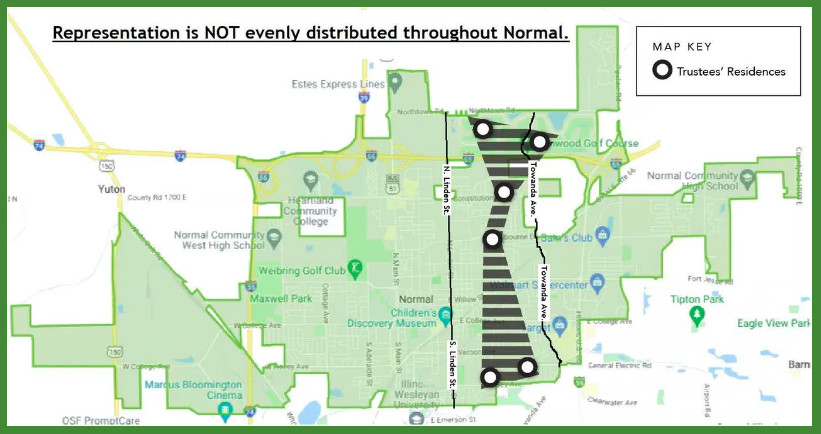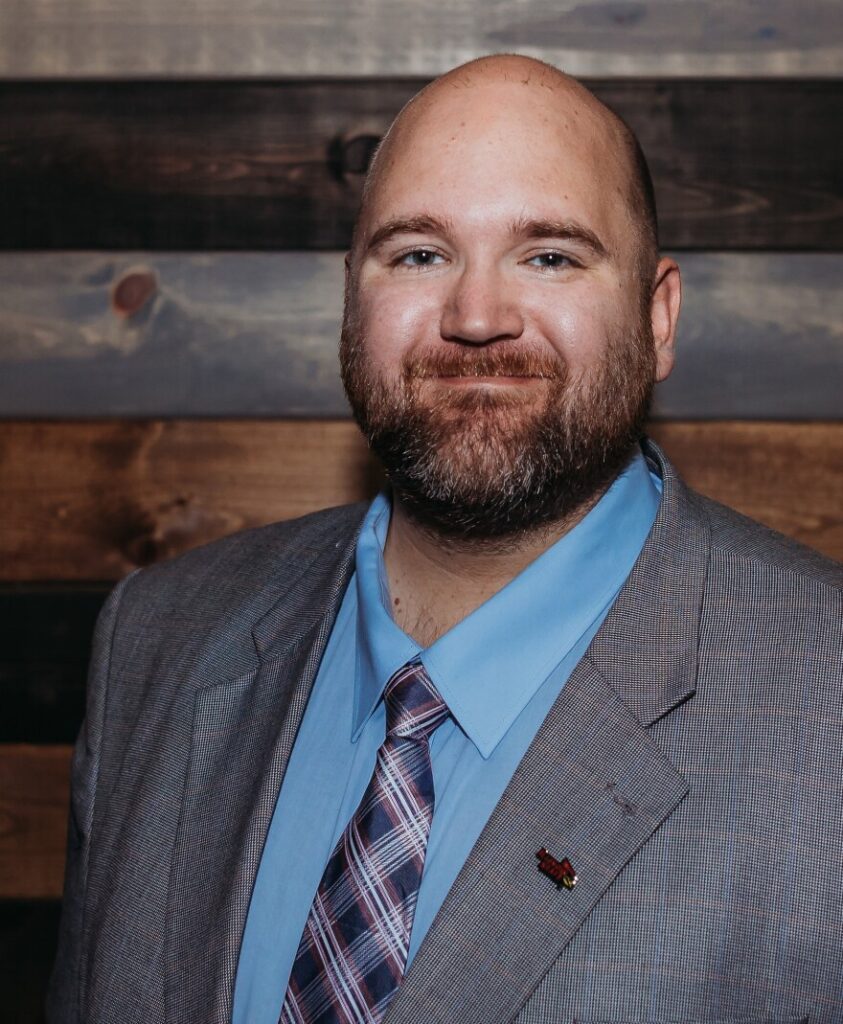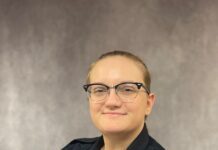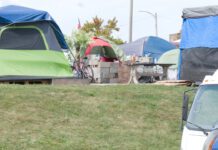[Note: this article heavily quotes the BetterNormal website; however, I am not a member of the campaign nor am I being compensated for writing this article. I just agree with the talking points.]
There’s a campaign in the Town of Normal to change the way residents elect their Town Trustees. The BetterNormal campaign seeks to change the election model from an At-Large model to a District model. The current model elects Trustees to represent the whole town. The District model would divide the town into districts with roughly equal populations that would vote for their own representatives on the council.
The BetterNormal campaign is currently collecting signatures to place the following question on Normal residents ballots in November:
Should the town be divided into six districts, with one trustee elected from each district?
The BetterNormal campaign needs 3,000 signatures from Normalites in order to get the question on the ballot. The current town population is 54,699, and eligible voting population is 29,922 (though it fluctuates with ISU. In 2021, for the local election, the total voter population was 33,566).
There are several reasons At-Large election models should be opposed. Every Trustee represents the entire Town, yet no single Trustee is accountable for any area or neighborhood. Today, if you have a problem that the Town is ignoring, like bad roads, brown tap water, or another municipal issue which of the six at-large members do you call? Who truly represents you and your neighborhood? Who is accountable to represent you and your neighborhood? According to BetterNormal, they see the problem as without a defined area to represent issues in areas are often ignored because it is every Trustee problem, but no one’s responsibility.
Currently, the six Trustees are concentrated in two specific areas of the town, leaving a lack of representation on the west and east sides of Normal. No Trustee lives east of Veterans Parkway or west of Linden.

As I’ve written before, At-Large seats benefit the status-quo.
–Brennan Center for Justice
A district model provides more direct representation for the whole community. According to NonProfitVOTE:
The focus of jurisdiction-wide campaigns inevitably requires spending time and resources in neighborhoods that already hold the greatest voting power, thereby reinforcing a cycle of higher turnout there and lower turnout in the places where it’s already low. Voters outside the perennial winner neighborhoods struggle to come up with a slate of choices from a long list of names they’ve never met and have little time to research.
Neighborhood-based election districts make it easier for both voters and candidates. Voters are more likely to meet the candidates in person and have access after the election to a neighborhood-based representative. For candidates, the campaigns cost less, more time is spent closer to home, and there is more chance to meet people they seek to represent. Local election districts also do a better job of representing those not yet eligible to vote who also have easier access to a local rep and, as residents, get counted for the purposes of how districts are created.
–NonProfitVOTE
Former Bloomington mayor and Illinois Wesleyan University political scientist, Tari Renner, said in a WGLT article about the ballot initiative, “There is evidence that district-based systems can be more equitable than at-large counterparts, but those systems are better exemplified in larger, more diverse areas like Chicago, Cleveland or Pittsburgh where the districts themselves are as large as Bloomington or Normal.” Renner has apparently never heard of Rantoul, Illinois. A town of 12,946, its residents voted last year in their first District model election, having changed from an At-Large model.
Renner also points out how Bloomington’s District model was difficult for him. “We also had several people who got elected around when the Coliseum was passed just because they didn’t want the Coliseum,” he said. District-based candidates “may have an ideological agenda that gets them a very narrow slice of votes, whereas if you’re in an at-large system, you have to have a little broader appeal.”
I wonder why voters were upset about the Coliseum. Maybe it was because the Coliseum owner was convicted of stealing Bloomington tax-payer money. Maybe if former-Mayor Renner had been more attentive during his first term, he might have noticed this problem more expeditiously.
The BetterNormal campaign is made up of a motley crew of different individuals and organizations from across the political spectrum. Some supporters include: Normal Trustee Stan Nord, Illinois Libertarian Party chair Steve Suess, far-right journalist Diane Benjamin, the Bloomington-Normal Communist Party, Democratic operative Krystle Able, local anarchist & townie Kelby Cumpston, just to name a few.

Able, a Normal resident and candidate for the McLean County Board, had this to say in response to why this proposal is being pushed right now:
“Right now because we just redistricted at the state and county level. We have brand new current population numbers. Bloomington is in the process of doing their maps. Now is the best time to do it if it’s going to be done.”

Cumpston, who operates a political education Facebook page called BloNotes, had this to say about the proposal:
“I fully support this movement for many of the same reasons it was presented to the town in the early 70’s and was just barely defeated. (Unlike Bloomingtion at the time it was terribly misworded on the ballot) The only thing that has changed since then is that Normal has had an increase of population.
I know many who do not come from the conservative political side are fully convinced that this will be the downfall of how things have been running for decades, but that is a mindset based in temporary representation we have- if tables were turned I bet this would have been passed awhile ago. In fact, many of the champions for this in the 70s were not just conservatives.
The basic principal of increasing representation from all of the town is why I fully support the petition initiative as a progressive. I also believe the cost to run any election is very high and quickly rising every year (don’t forget one entity threw in $30k towards 2x council elections in Bloomington last run). This is becoming a class-based issue very quickly. The switch doesn’t solve it, but it does reduce the ability of local elections to be bought in the future.”

Steve Suess says:
“One of the biggest criticisms I’ve heard of this idea is that, based on population, Illinois State University is going to be its own ward, its own district, just because there’s so many registered voters in that 10 square blocks of ISU and the apartments around it,” he said. “I think people who make that argument are missing the point: If that’s the case, then they should probably have a voice on the council, right? If they don’t have a representative, someone representing them on the council, there’s a problem with the way that we’re running our democracy.”
Finally, an argument could be made that Districts could increase resident participation in government. In the entire time I’ve been involved in Leftist politics in BloNo (since later-2016), the overwhelming majority of the activism has focused on the Bloominton City Council instead of the Normal Town Council. The At-Large system has made organizing more difficult in Normal because almost every seat represents the status-quo that is allergic to change.
Michael Schlosser, writing for the Rantoul Press, made a similar argument in his 2018 article for a district model in Rantoul:
But here lies the question that needs answered. How do we get more public engagement — more people voting; more people bringing up their concerns and issues; and more people helping to find solutions?
Perhaps the answer is in districting. If Rantoul were to be divided into six districts with one trustee representing each district, that trustee can focus first on what is needed for their district. Then the trustees work together, understanding issues and concerns for Rantoul in its entirety, and prioritize to find solutions. These solutions will be sought with the input and help of the community as a whole.
Sure, anyone can run for office, but the reality is many citizens with great potential won’t run simply because they don’t feel they have any chance of being elected. Chances increase greatly through districting. More people will likely step up to run for office, more people will likely vote, more people will likely get involved, etc.
Michael Schlosser, Rantoul Press
However, currently Normal has a slightly higher voter turnout than Bloomington: 25.9% and 21.9% respectively.
A district election model would be more representative of the diversity of Normal’s population and make it easier to effectively organize for issues that benefit the working class & tenants. Currently, there are no renters on the Town council. Tenant’s, especially students, make up a large taxable population both through property taxes that they pay via rent and sales taxes. However, tenants in Normal are frequently disadvantaged by the landlord class.
The BetterNormal campaign has to have the petition in by August 8th for it to be on the November ballot.
This article was originally published on Strangecornersofthought.com.




























